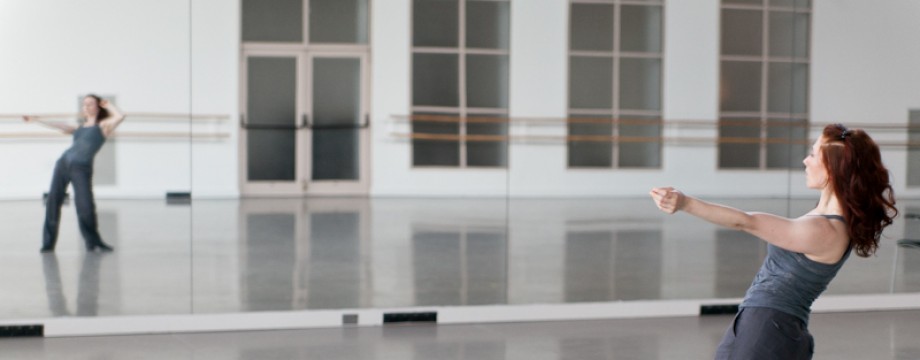This month as I set out to re-tool my dance curriculum, I’m thinking about what *I* want out of a dance class.
-
Fundamental Level:
- A preview of what the dance looks like in the wild… whether it’s solo or partnered.
- A warm-up that incorporates movement that we’ll use in the actual dance. Name games and theater games are good for theater classes, not fundamental dance classes.
- Clear directives from the instructor, to be told when to start, when to stop and exactly what to do, even if the directive is, “improvise with these guidelines.”
- Some peek into the way the dance works… what posture, approach and attitude do I need to take on in my body to make the dance look and feel right.
- If I’m in a partnered class and I’m a follow, I want to know what I need to do to make the dance work.
- If I’m a lead, I want clear instructions about which foot to start on (if it matters in a pattern), what hand to use, which direction to turn, i.e. clear language.
- Simple choreography that doesn’t break down if we end up repeating a move for another round. Patterns that allow the lead to have time to think about what the next move is.
- To be told when to change partners, and who is doing the changing.
- To have fun!
When I’m studying in a new style, I want:
-
Intermediate Level
- I don’t want to spend a lot of time on fundamentals. If I’ve made it to the intermediate level I’m expecting to get a little flash and some more challenges.
- I do want feedback on my technique if what I’m doing is inhibiting the movement.
- Some choreographed patterns, but followed with focus on creating movement and dealing with unforseen events.
- More input on how follows impact pre-determined patterns and how leads can adjust, rathe than force the pattern.
- Lots of analysis about what technique is needed to make complex moves work.
-
Advanced Level
- Either: deep analysis and refinement of the fundamentals such that I can apply them to advanced combinations and see improvement, or:
- Challenging and high level combinations that demand good technique to make them work. If I struggle too much, I expect to be kicked back to intermediate level.
- Ruthless feedback.
- Puzzles to solve.
- Unless it’s billed as a choreography class, zero choreography. Suggestions about what movement to use, or challenges to add certain moves and create combinations is great.
Overall, what I think I want in general in classes is less choreography, or moves that aren’t taught in a “let’s all do them on the same count” type of style. I often find that as a follow this makes me feel like a dance doll in class. Instructors who get in this mode tend to focus on telling the leads what to do. The follows ask what they should be doing and the fact is, they should be following, but unfortunately, “just follow” isn’t a good answer for a new follow. This is why “moves” combined with the technique you need to make the moves feel led and followed is needed from the start. I think it hurts a scene when instructors save these concepts for “advanced” classes, because then you find yourself doing a lot of technique repair-work.
The more fundamental, the more a little choreography is expected, since new dancers have no idea what moves actually make sense with the dance. But as I enter more advanced classes, I want a combination of flash & trash, and key concepts I can use to create interesting movement.
In choreography classes, I struggle and so I always find myself asking about transitions and getting confused whenever the group changes orientation. This probably means I should take more choreography since I’m so comfortable with improvisation.
What do you want in a dance class these days? Where do you perceive your level is?



This looks like a good exercise. The only thing I would be concerned about is that you are already a good enough dancer that you would miss what you need to teach to someone who needs to learn the fundamentals of dance in addition to the fundamentals of a particular dance style.
For instance, I agree that theater games should be unnecessary to you at this point in a dance class, but for someone who isn’t comfortable yet communicating through motion they can be a very effective way to introduce concepts like improvisation in a new medium using one – spoken language – that they are more familiar.
Steve, that’s a good point. When I wrote that first list, I thought about some dance classes I had taken in styles that were new to me. That’s why it’s important for dance teachers to take classes in other movement styles or even other arts, just to experience what it’s like to be a beginner again.
I might argue that communicating through motion is something that most people (except for individuals with autism spectrum disorder) are actually quite adept at doing (reading body language and communicating non-verbally) and that if more teachers can connect dancing with things they already know how to do, then their classes will be that much more successful. My point is that with only an hour or 45 minutes to teach an adult dance class, theater games are an unnecessary distraction… unless of course you are teaching improv concepts like “yes! and…”
Considering the amount of male engineer social dancers, allowing for a certain level of autistic behavior might not be the worst idea.
I agree that games shouldn’t be allowed to be a distraction. In an hour long class everything should be a clear point on a path from A to B.
One thing I’ve noticed recently with teaching beginner lessons is that I need to focus more on basic body awareness than I thought I would. I’ve had much more success teaching people to fishtail, for instance, if I first spend time teaching them how to identify the muscles in their legs, hips and torso and what it feels like to activate them. Definitely a case where I forgot how hard something was for me at first.
This is great analysis for what classes should be like.
I do want to get some fundamentals in a dance class at every level. What instructors cover about the basic should be different for the beginners, intermediates and advanced dancers.
I also want, in addition to patterns, tips on how to break and extend those patterns, what errors to expect for leads and follows, and what isn’t an error but a variation. Perhaps, all of these starting at advanced beginner through intermediate levels.
In my opinion, an Intermediate dancer has spent a lot of time on the fundamentals , but still hasn’t grasp them wether he knows it or not. In my class I use camouflage and make the students believe they are learning something while we are actually working on the good old fundamentals. Everybody wins!
I also try to be careful with deep analysis. More than 60% of the population are visual learner. Therefore I like to assume that more than half of my students do get it if I talk to much. Intead, I try to break down a complex move into more simple moves or exercices and talk them through them as little as I can to make them feel instead of thinking too much. It’s dancing after all! Some of my engineers type of guy do freak out sometimes, so I give them all the technical stuff in private.
Interesting post overall. Thanks for you insights :)